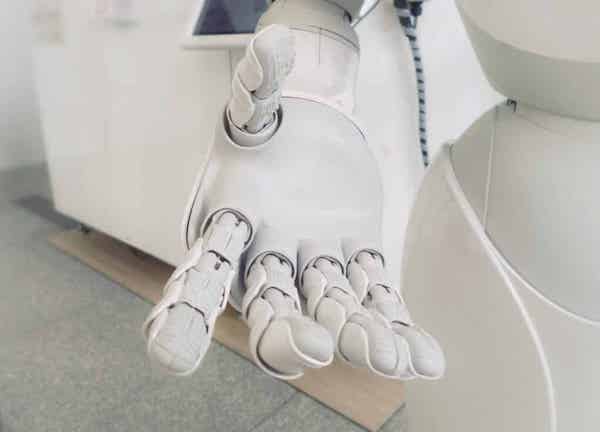By Amy Townsend
By 2027, 60% of Global 1000 organizations will have merged their HR department and IT department to support a hybrid workforce. As an HR leader, are you taking the necessary steps to effectively support a hybrid workforce?
What is digital labor?
Digital labor refers to the AI-enabled computer applications that are used to support the automation of tasks that were formerly performed by humans. Digital labor may emerge in the form of logical entities (e.g. embedded software chatbots, digital assistants/advisors) as well as physical robotics.
What makes AI-enabled technology so different from traditional technologies, is that it isn’t specifically programmed. AI-enabled technology can learn based on models and algorithms, and respond to different interactions (human or digital) based on information collected from experiences (model-driven interactions) and analysis (information analytics).

Digital labor exists in a variety of different markets. It can be used for data entry, warehouse operations, or in call centers to solve human inquiries. There are also increasing cases of AI-enabled agents assisting humans in highly complex activities such as surgeries, aviation activities, and processes in pharma/chemistry.
Why should HR leaders care about digital labor and a hybrid workforce?
A hybrid workforce consists of human and digital labor. As digital labor technologies continue to emerge and mature, they will interact more and more like humans. As such, organizations will need to manage the technology like they manage humans. The management across digital labor and human labor will need to be merged - separate IT management practices and HR management practices will no longer be an option. All labor (human or digital) must adhere to the same behavioral norms, laws, and regulatory requirements.
Remember, if your AI-enabled technology is customer-facing, it will need to reflect your brand just like a human employee would. Unlike traditional technologies, AI-enabled digital labor can learn good behavior as well as bad behavior from its various information sources and interactions. HR leaders need to be involved in “onboarding” and “supervising” digital labor to ensure that it reflects the brand appropriately, adheres to regulatory requirements, and meets performance metrics.
HR leaders need to be aware that the emergence of digital labor is going to slowly augment and grow within your workforce. There is a possibility that your business, workforce, customers, and partners may become reliant on digital labor before you have even recognized its impact and the need to manage your hybrid workforce effectively.
Bottom Line
As AI-enabled technology continues to emerge and mature, many aspects of human labor will be replaced by digital labor. Digital labor isn’t just for internal processes - it’s being used for customer-facing interactions as well. HR leaders need to be collaborating with IT leaders to effectively manage digital labor along with human labor. Start planning and preparing now, so that you can be ready for the future of a hybrid workforce.
Our research note, Best Practices For Managing Your Integrated Digital and Human Workforce, offers some key guidance on how to effectively manage a hybrid workforce.
We will also be discussing this topic in a free webinar on February 24, 2021. Register now to save your seat.